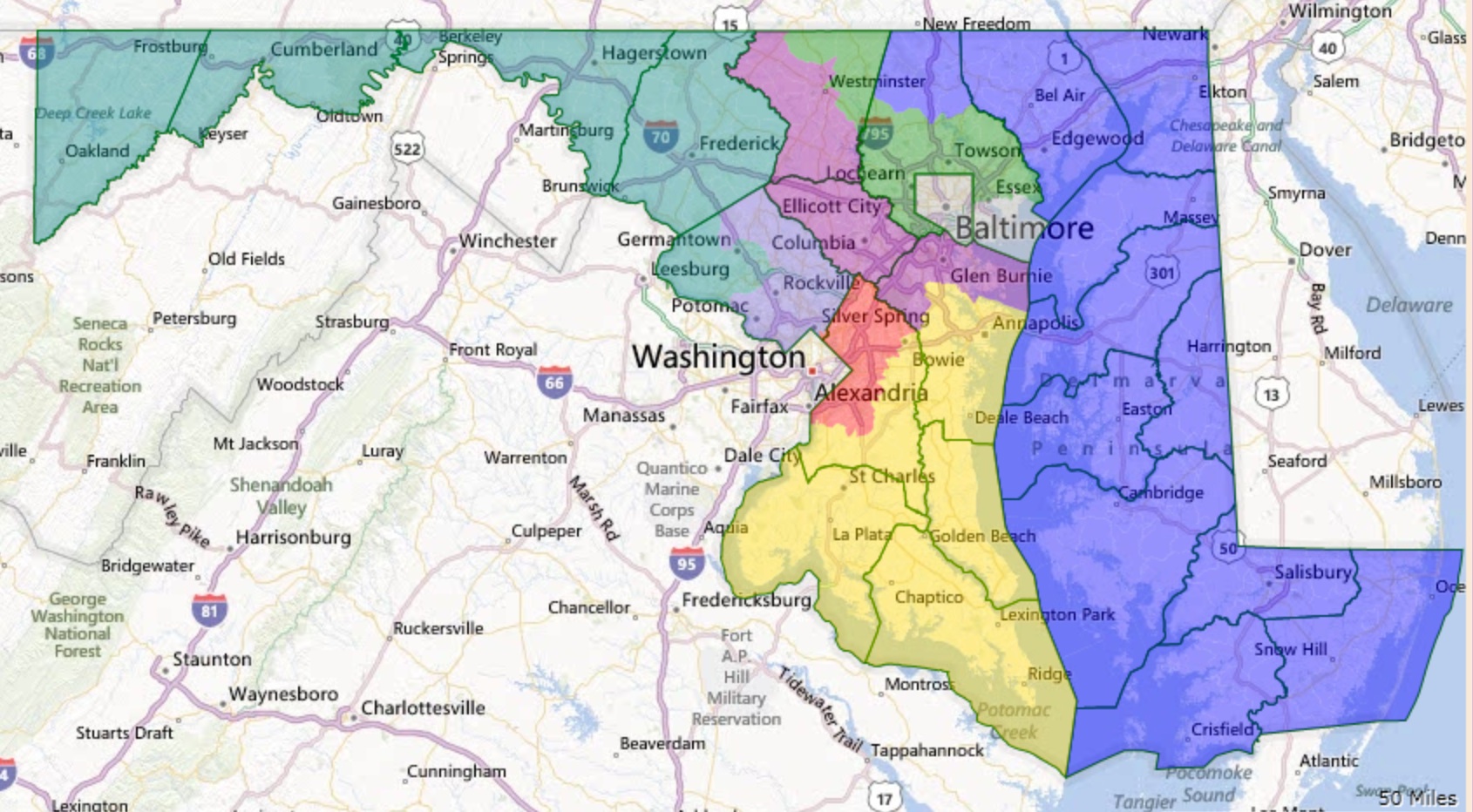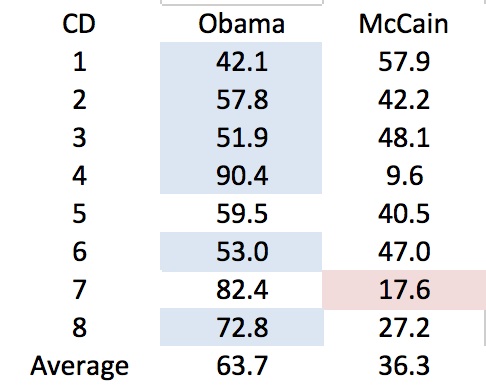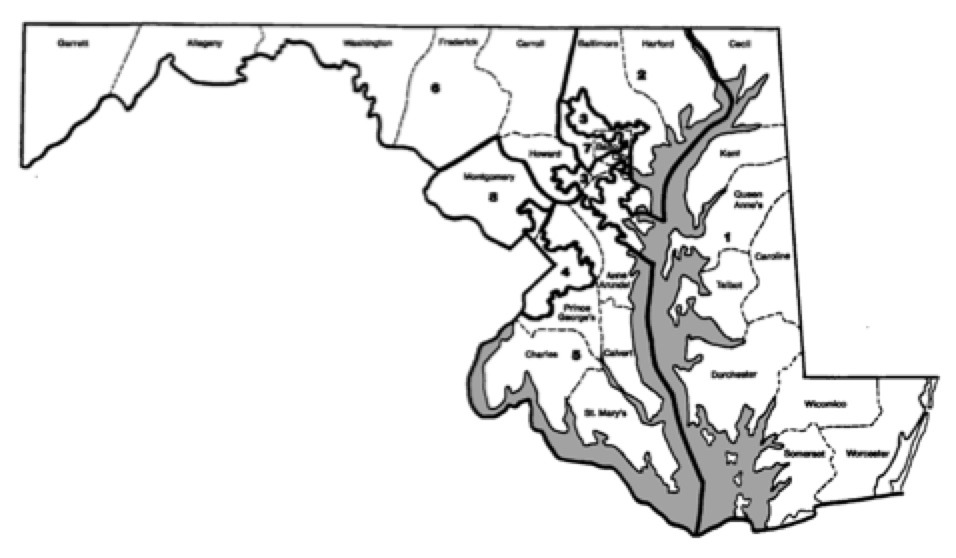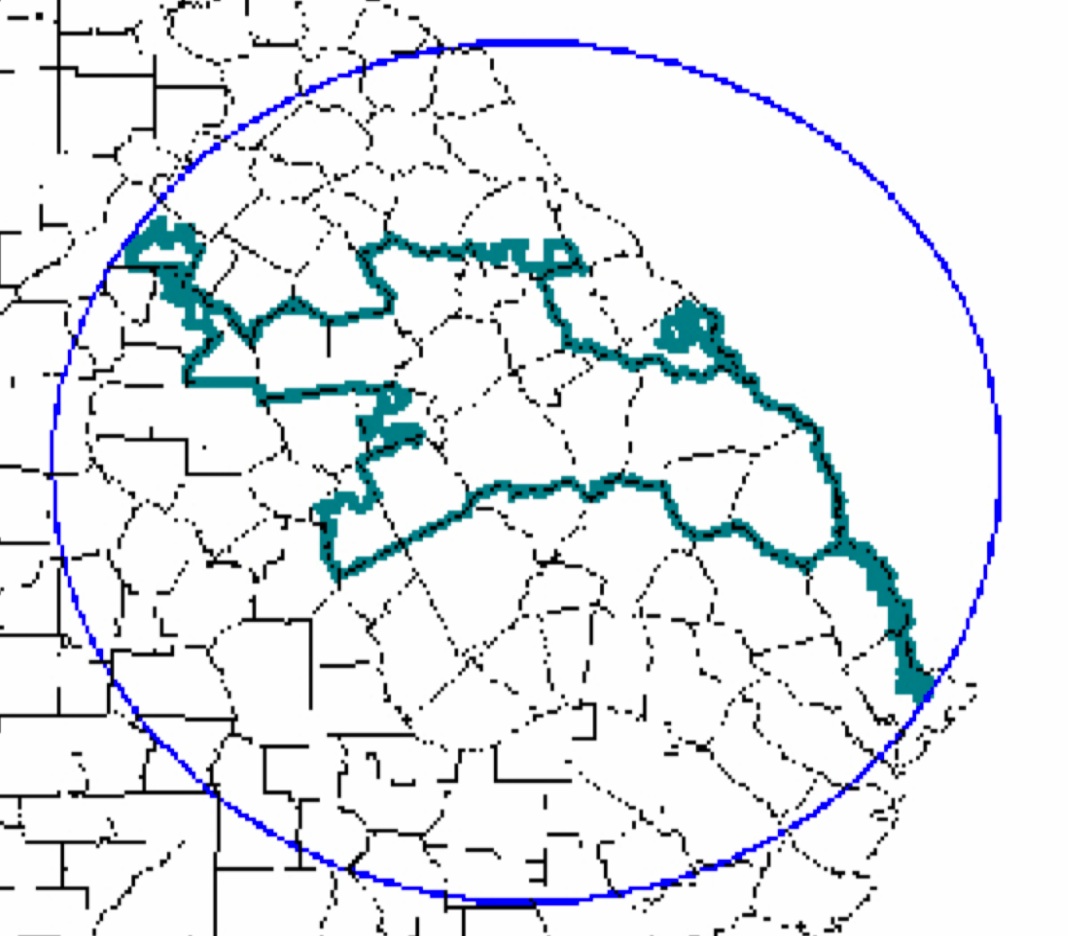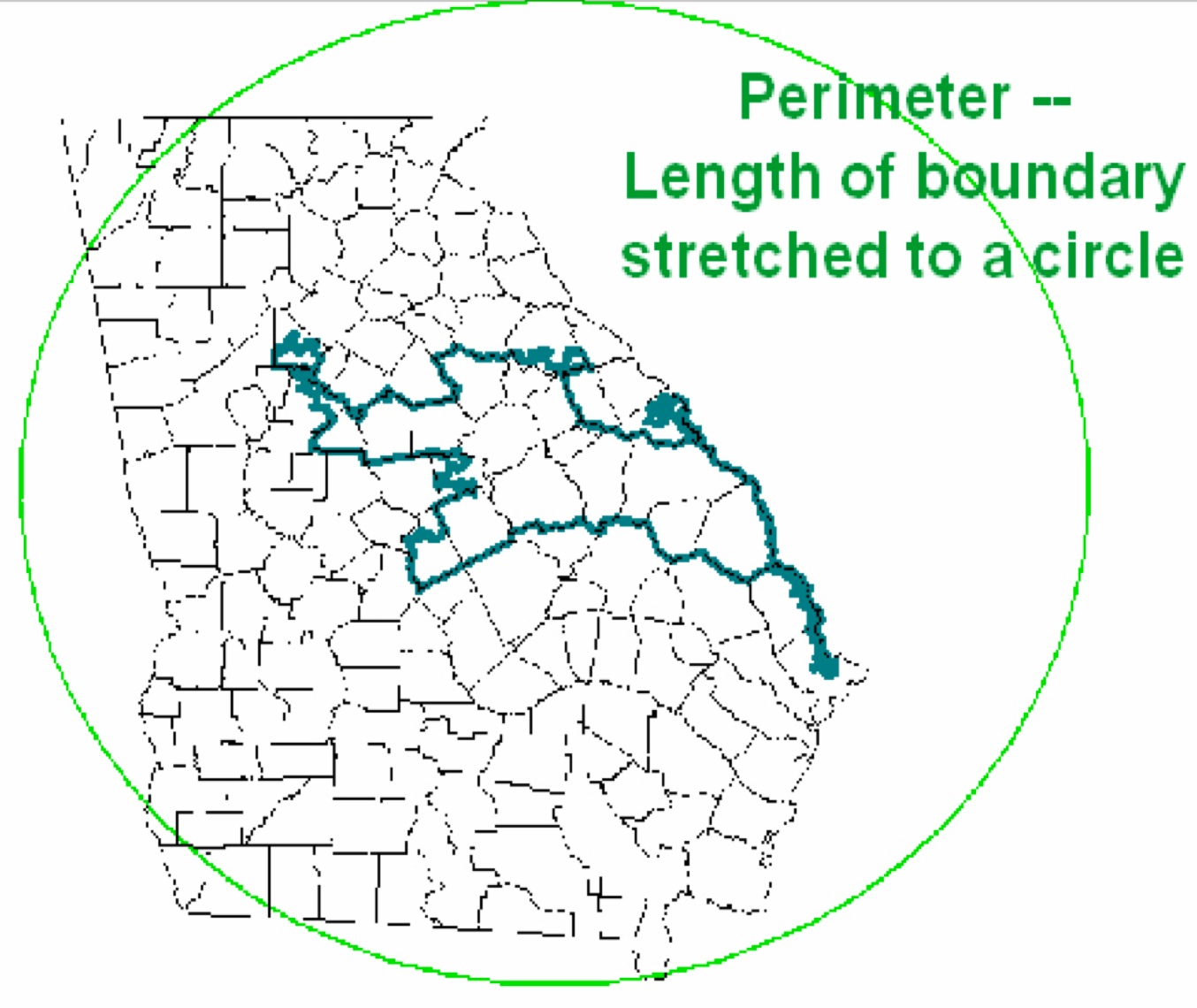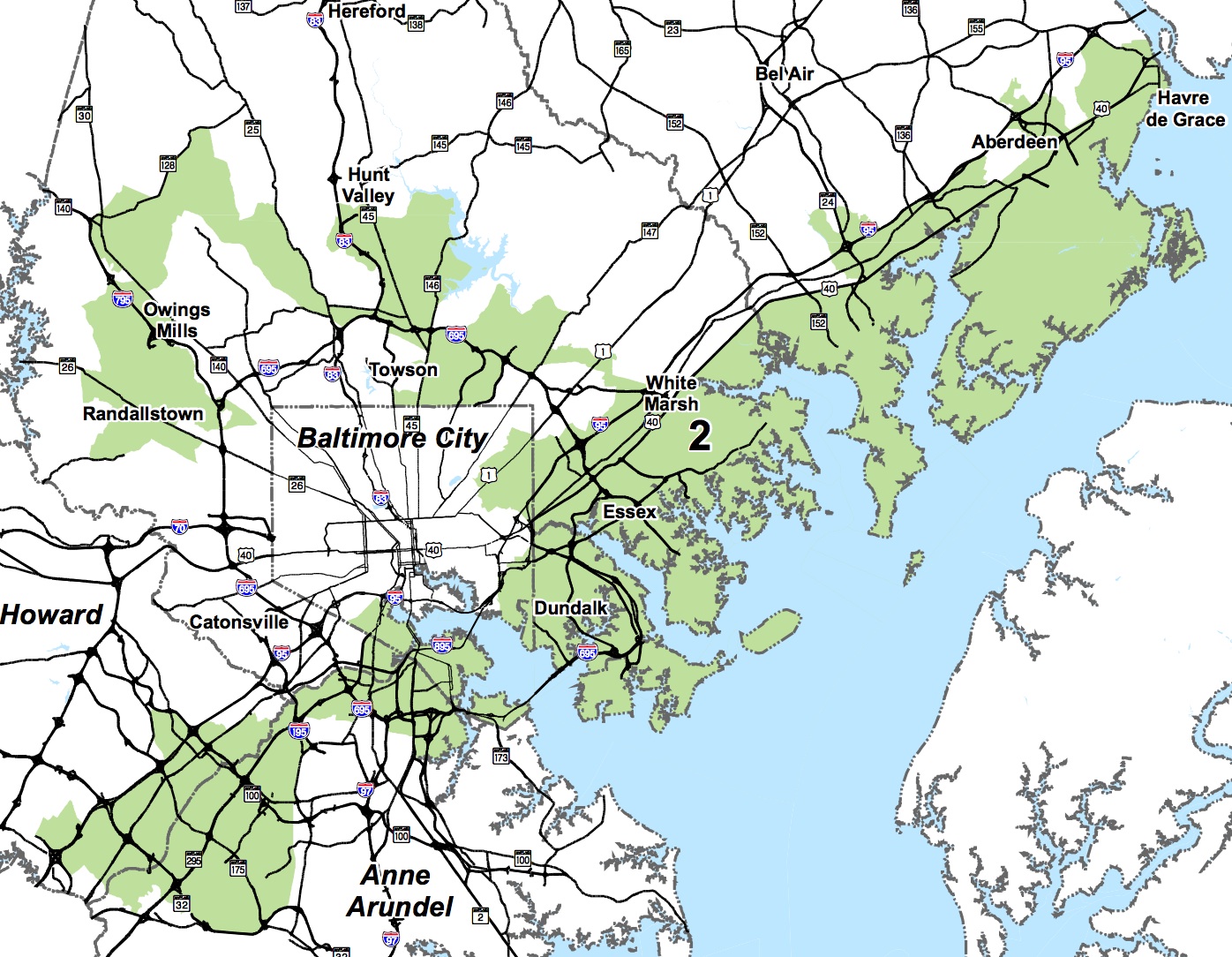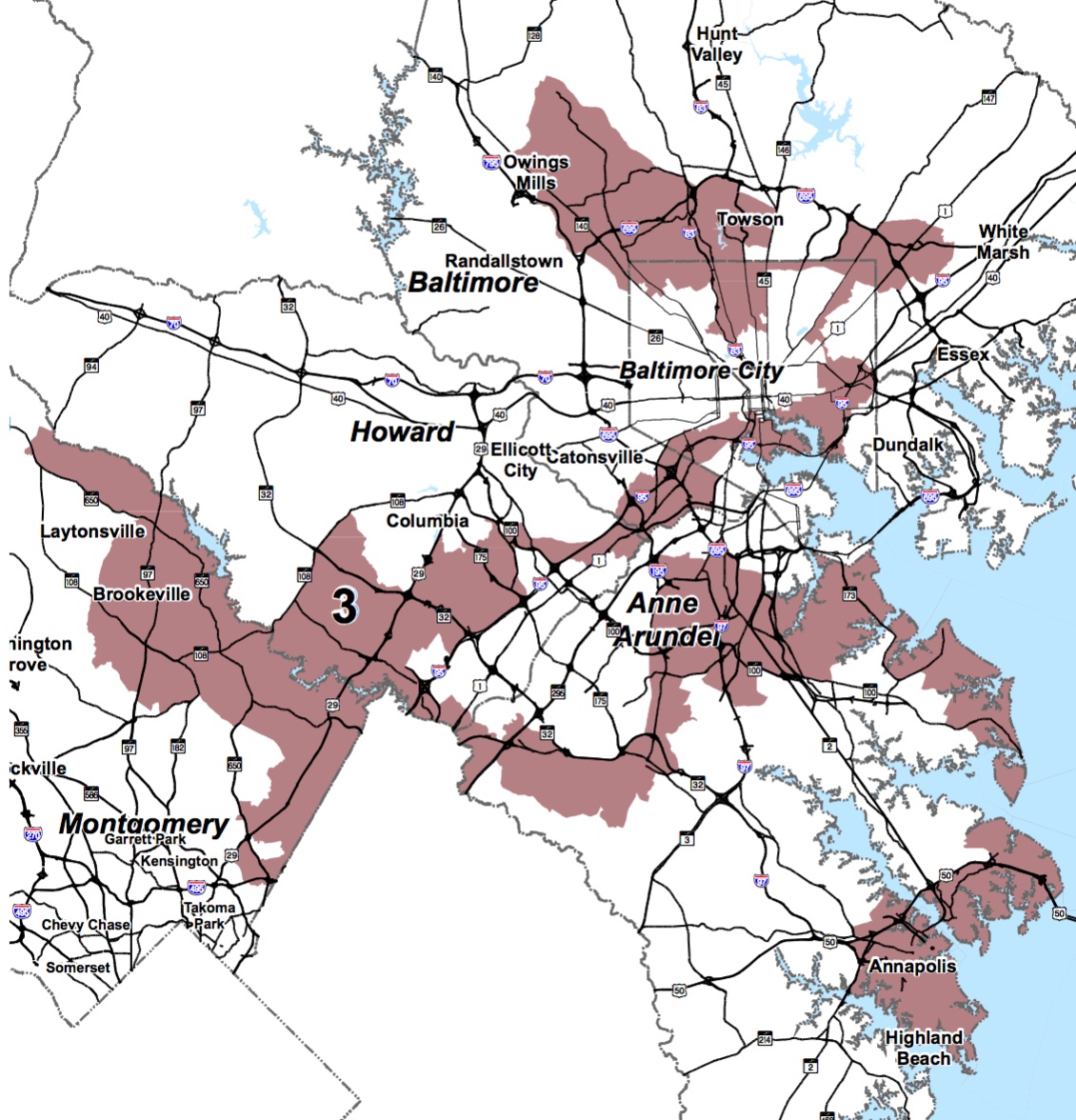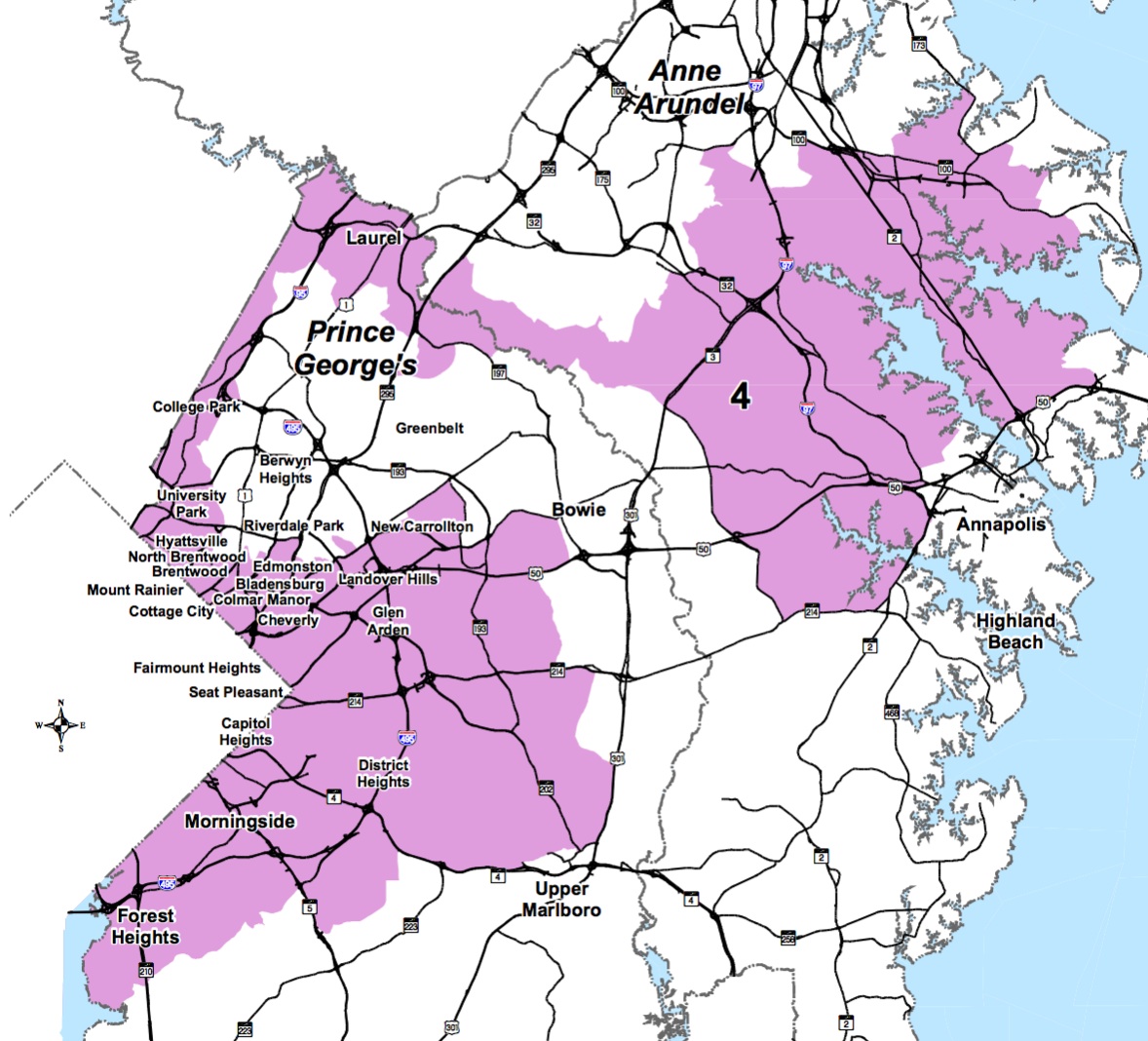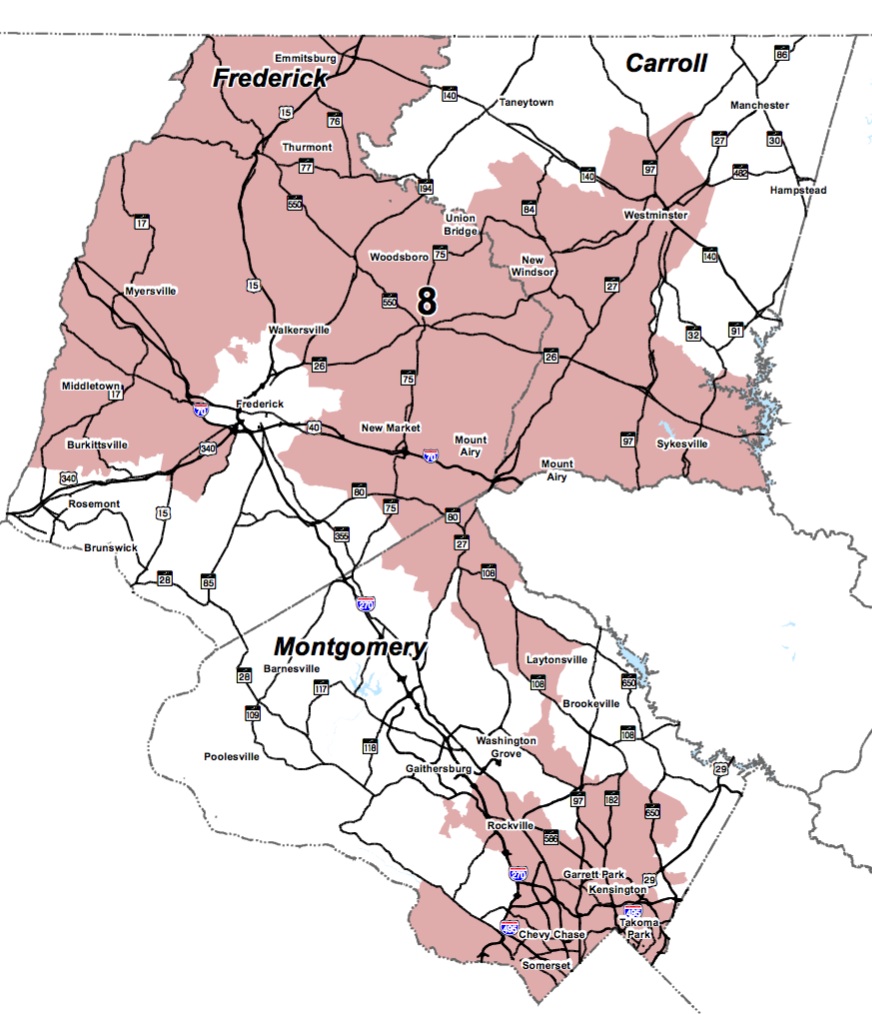Maryland Matters reports that one Republican legislator has raised questions regarding whether the legislative districts proposed for Frederick County would pass constitutional muster:
Del. Jason C. Buckel (R-Allegany), the House minority leader and a member of the Legislative Redistricting Advisory Commission, questioned whether the new proposed District 4 would pass muster for compactness. The proposed District 4 would encompass much of Frederick County around the city of Frederick, which is contained within District 3, creating what Buckel described as a “donut effect.”
Del. Buckel is almost certainly wrong. The donut does not exist in spite of the Maryland Constitution but to comply with it. Ironically, this is for the same reason that I expressed concern in yesterday’s post about whether District 17 can survive a constitutional challenge: the requirement of “due regard” for “the boundaries of political subdivisions.”
This same provision indicates that the City of Frederick ought to be kept in a single legislative district if possible unless it conflicts with other requirements. At this point, the population of the City and its surrounding suburbs is sufficiently high as to easily meet the population for a legislative district, resulting in a more compact shape than the existing plan in which District 3 extends to the Virginia border.
Putting most of the rest of Frederick County into a surrounding legislative district is the logical consequence of same provision requiring “due regard” of administrative divsions as it avoids unnecessarily extending District 4 into another county.
Del. Buckel’s point reflects that the Maryland Constitution also says that legislative districts should “be compact in form.” But it’s not clear that extending District 3 to the Montgomery County line would improve the compactness of either Districts 3 or 4. It might lengthen the perimeters of both Districts 3 and 4 and reduce compactness according to measures that have been commonly used in past redistricting litigation. One would have to look to be sure either way but I doubt it would be nearly enough to cause a court to second guess the legislature’s approach.
Bear in mind also that District 3 is not an independent enclave trapped by its neighbor. It’s not Lesotho. Enclosing District 3 in District 4 doesn’t make it impossible to leave District 3 without a passport. The City of Frederick isn’t being deprived of a seaport.
Others might wonder about why a bit of District 2 extends into Frederick County.
That’s easily explainable by the State’s geography and population changes. District 1 must start in Garrett County, take in all of Allegany County and then the western part of Washington County to pick up enough population.
Currently, District 2 neatly comprises the remainder of Washington County with the Washington-Frederick border serving as its eastern boundary. That’s no longer possible. The western three counties continue to lose population relative to the rest of the state, so the districts encompassing them move east with each redistricting cycle. At this point, they must extend into Frederick.
The good news is that Frederick has grown sufficiently that the ripple effect stops there. Unlike under the existing plan, none of the proposed districts traverse Frederick’s border with Carroll County.



